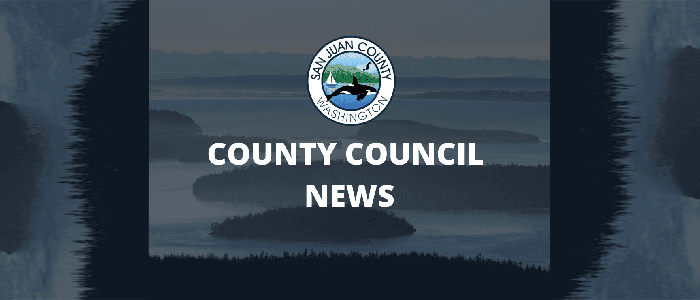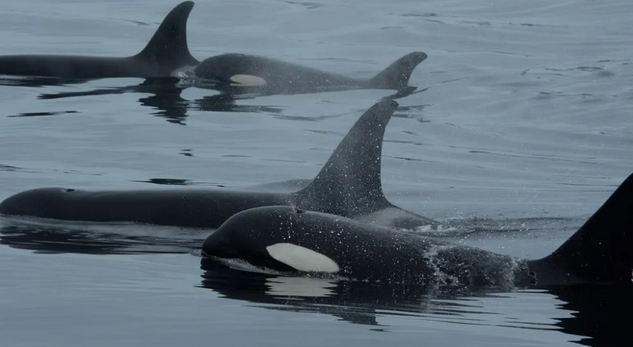From the Washington Department of Ecology
The state is announcing a new toll-free reporting and information line for citizens who spot marine debris on Washington beaches.
Beachgoers are encouraged to call 1-855-WACOAST (1-855-922-6278) to report marine debris. They’re also encouraged to remove and dispose of small debris items such as Styrofoam, plastic bottles or small appliances. If an item appears to have sentimental value to those who owned it, the National Oceanic and Atmospheric Administration (NOAA) requests people move the item to a safe place and email the information to disasterdebris@noaa.gov
People who call 1-855-WACOAST (1-855-922-6278) can:
• Report oil and hazardous items to the National Response Center and Washington Department of
Ecology (Ecology) by pressing “1.”
• Report large floating debris items that might pose a boating or navigation hazard by pressing “2.”
• Get instructions for reporting debris that is not large or hazardous.
Coastal beaches are experiencing an increase in marine debris, likely resulting from the March 11, 2011, tsunami that devastated Japan, claiming nearly 16,000 lives.
According to NOAA, a portion of the tsunami debris that washed into the Pacific Ocean has been arriving on U.S. and Canadian shores, including Washington.
NOAA predicts tsunami debris will show up on our shores intermittently during the next several years.
However, it is unknown where and what types of debris might arrive.
NOAA encourages beachgoers and boaters, if possible, to take photos of marine debris suspected to be from the Japanese tsunami, to note the location, and to email the information to disasterdebreis@noaa.gov.
As of July 2, the federal agency had received 569 total reports of potential tsunami debris both along West Coast shorelines and from sightings at sea – including 43 from Washington during the past two weeks. Of the overall total, 10 have been confirmed as tsunami debris items including a 20-foot fiberglass boat that washed ashore at Cape Disappointment State Park near Ilwaco on Friday, June 15.
Items from Asia, including buoys or consumer plastics, regularly wash up on the Washington coast. It is difficult to tell the origin of ocean debris without unique identifying information, such as an individual or company name or boat identification number.
The Washington Department of Fish and Wildlife expects that finding marine debris with invasive species will be rare. They likely will be found only on large, common marine structures such as boats, docks, navigation aids and breakwaters – all of which will likely require heavy equipment to remove.
People will probably find organisms attached on smaller debris items – sometimes in heavy accumulations – but these will be common open ocean species such as gooseneck barnacles.
More about tsunami debris:
Widely scattered debris has been arriving intermittently along Pacific Northwest shorelines. For more information, go tomarinedebris.noaa.gov/info/japanfaqs.html#FAQs.
Washington Department of Health believes it is highly unlikely any tsunami debris is radioactive. Go to
EmergencyPreparednessandResponse/FukushimaUpdate/TsunamiDebrisFAQ.–
**If you are reading theOrcasonian for free, thank your fellow islanders. If you would like to support theOrcasonian CLICK HERE to set your modestly-priced, voluntary subscription. Otherwise, no worries; we’re happy to share with you.**







